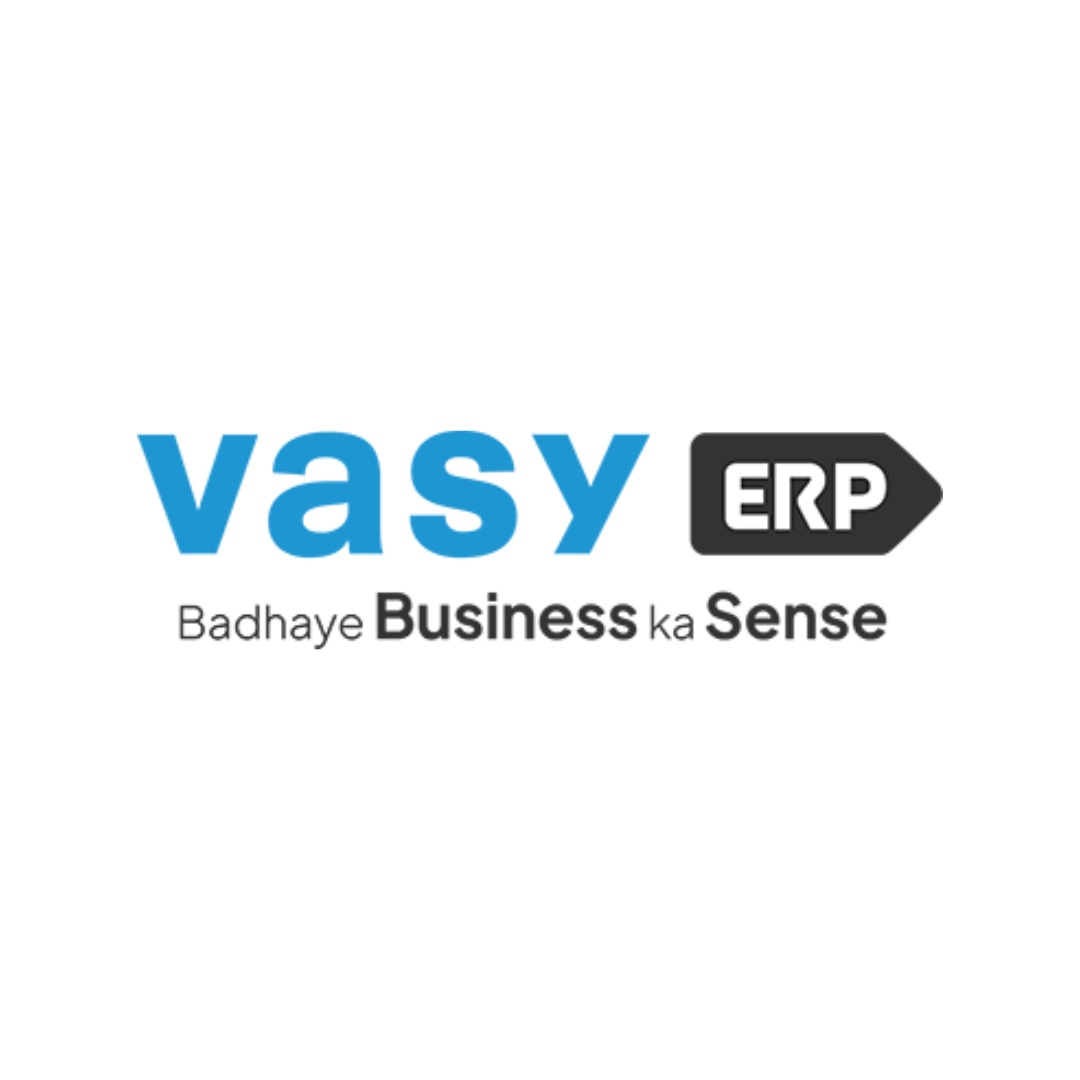In the world of retail, managing your business efficiently is crucial for success. This includes keeping track of inventory, processing sales transactions, and analyzing data to make informed decisions. Two common tools used by retailers are ERP (Enterprise Resource Planning) systems and Point of Sale (POS) systems. While both are essential for running a retail business, they serve different purposes and have distinct functionalities. In this guide, we'll explore the key differences between ERP and POS systems and help you understand which one is right for your retail store.

What is an ERP for Retail Stores?
ERP stands for Enterprise Resource Planning, and ERP software for retail stores is a comprehensive system that integrates various business processes and functions into a single platform. It helps retailers manage their operations more efficiently by automating tasks, streamlining processes, and providing insights into key metrics.
Key Features of ERP for Retail Stores:
Inventory Management: ERP systems help retailers keep track of their inventory levels, manage stock movements, and optimize inventory levels to prevent stockouts and overstocking.
Order Management: ERP systems streamline the order fulfillment process by automating order processing, managing order status, and tracking shipments.
Customer Relationship Management (CRM): ERP systems include CRM features that allow retailers to manage customer data, track interactions, and personalize marketing campaigns to improve customer satisfaction and loyalty.
Financial Management: ERP systems provide tools for managing finances, including accounting, budgeting, and financial reporting, to help retailers track expenses, monitor cash flow, and make informed financial decisions.
Analytics and Reporting: ERP systems offer analytics and reporting capabilities that provide insights into key metrics such as sales performance, inventory turnover, and customer behavior, helping retailers make data-driven decisions.
Integration: ERP systems integrate with other software and systems used by retailers, such as POS systems, e-commerce platforms, and accounting software, to streamline operations and improve efficiency.
What is a POS Software?
POS stands for Point of Sale, and POS software is a system used by retailers to process sales transactions at the point of purchase. It typically includes features such as barcode scanning, inventory management, and sales reporting, and is used by cashiers or sales associates to ring up sales and accept payments.
Key Features of POS Software:
Sales Processing: POS software allows retailers to process sales transactions quickly and efficiently, including scanning barcodes, adding items to the cart, applying discounts, and accepting various payment methods.
Inventory Management: POS software helps retailers manage their inventory by tracking stock levels, updating inventory counts in real-time, and generating reports on inventory turnover and stock movement.
Payment Processing: POS software facilitates payment processing by accepting various payment methods, including cash, credit cards, debit cards, and mobile payments, and processing transactions securely and quickly.
Customer Management: Some POS software includes basic customer management features, such as capturing customer information, tracking purchase history, and offering loyalty programs or discounts.
Reporting: POS software provides basic reporting capabilities, such as sales reports, inventory reports, and transaction history, to help retailers track performance and make informed decisions.
Integration: POS software may integrate with other systems used by retailers, such as ERP systems, e-commerce platforms, and accounting software, to share data and streamline operations.
Key Differences Between ERP and POS Systems:
Scope: ERP systems are comprehensive platforms that integrate various business processes and functions, while POS systems focus specifically on processing sales transactions at the point of purchase.
Functionality: ERP systems offer a wide range of functionalities, including inventory management, order management, CRM, financial management, analytics, and reporting, while POS systems primarily focus on sales processing, inventory management, and basic reporting.
User Roles: ERP systems are used by various departments and roles within a retail organization, including management, sales, finance, and operations, while POS systems are typically used by cashiers or sales associates at the point of sale.
Integration: ERP systems integrate with various software and systems used by retailers, while POS systems may integrate with ERP systems and other software but primarily focus on integration with payment processors, barcode scanners, and receipt printers.


No comments yet